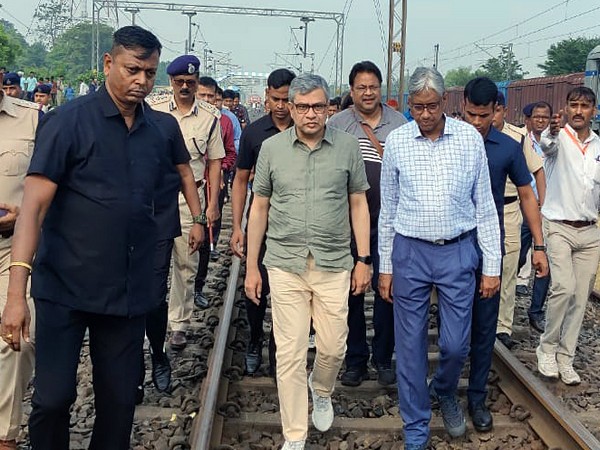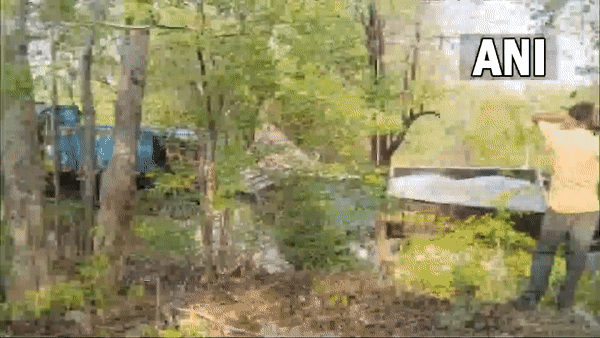Late on the evening of June 2, when the deadly rail accident took place in Balasore in Odisha the public had very little idea of how devastating its impact would be. The challenge was staring in its face for the first responders and the concerned department of Indian Railways.
Within hours of the accident, Union Railway Minister Ashwini Vaishnaw was on the ground. While he traversed through the accident site, understanding the technicalities of the accident, and of course monitoring the rescue and relief operations, it was not without a plan.
“What is the next thing we need to do and what is the next plan that is exactly how the minister works, this was no different,” a senior official told ANI.
There was definitely a plan in place to ensure maximum utilisation of the human resources with the single focus being on saving as many lives as possible, ensuring medical assistance was provided at the earliest to the injured and most of all work was done to ensure the train line was clear and running as soon as possible.
“Eight teams were constituted with at least 70 members to work on the ground. Then each of these two teams was supervised by Senior Section Engineers (SSE). Further, these SSE were supervised by one DRM and one GM Railways. They were further supervised by a member of the Railway Board”, a senior railway ministry source told ANI.
Read More: lokmarg.com

